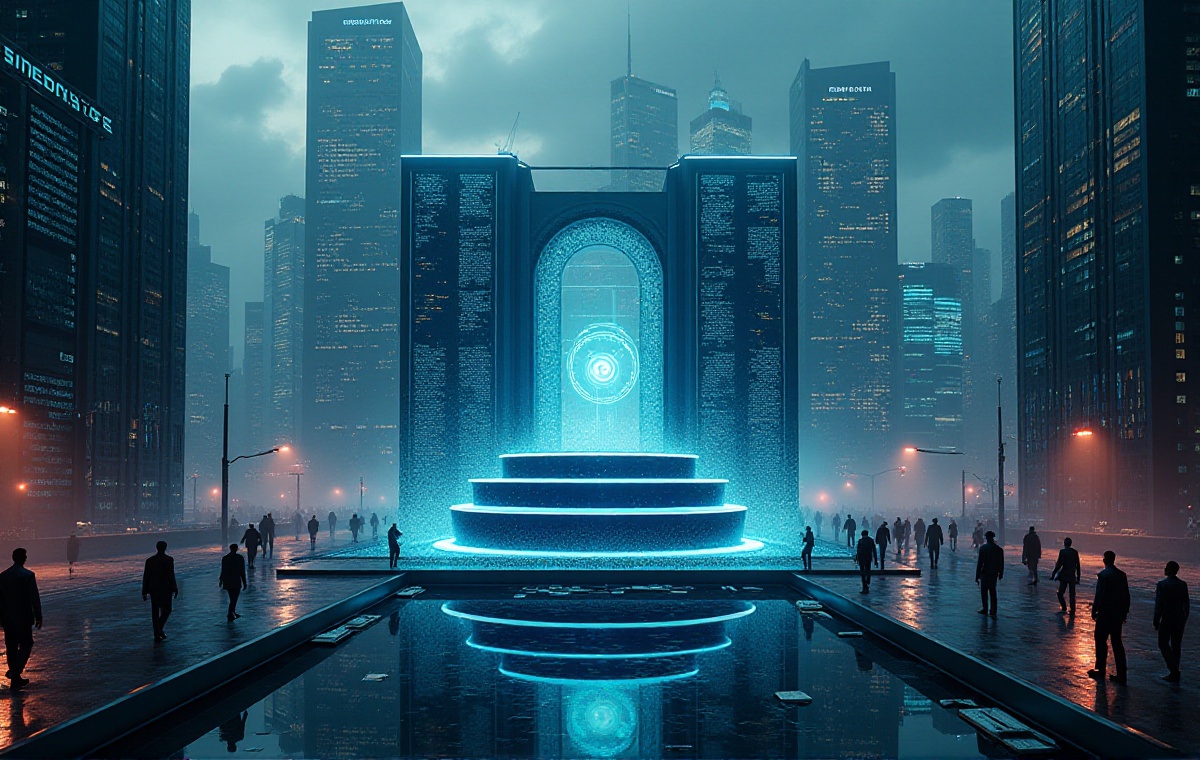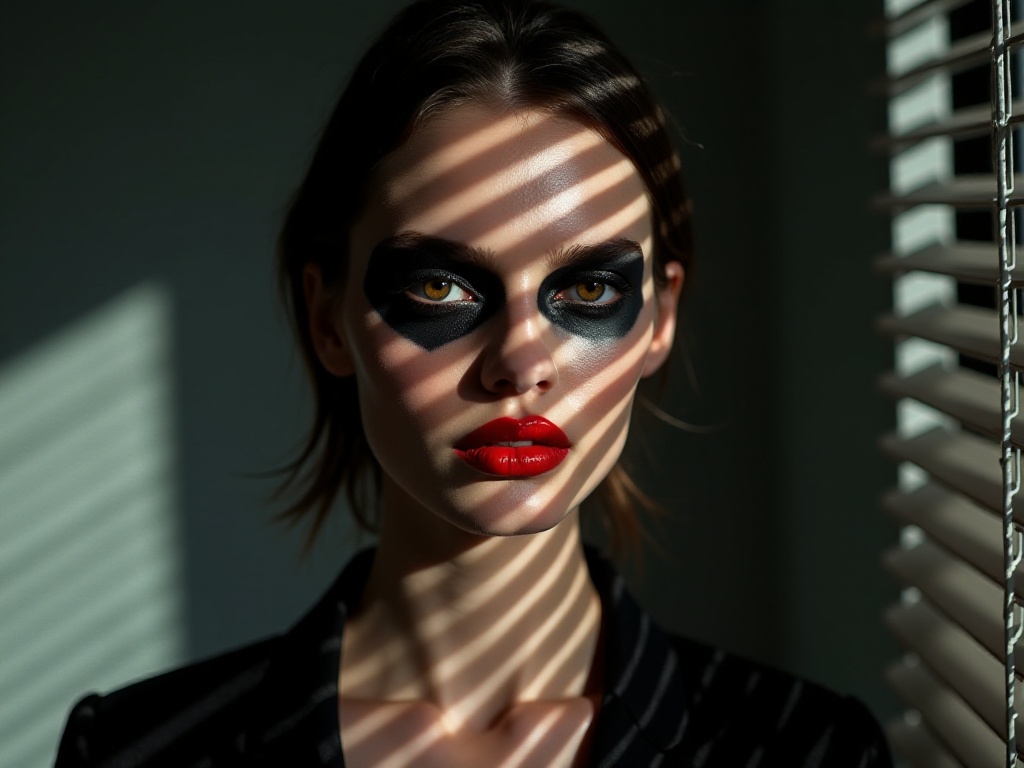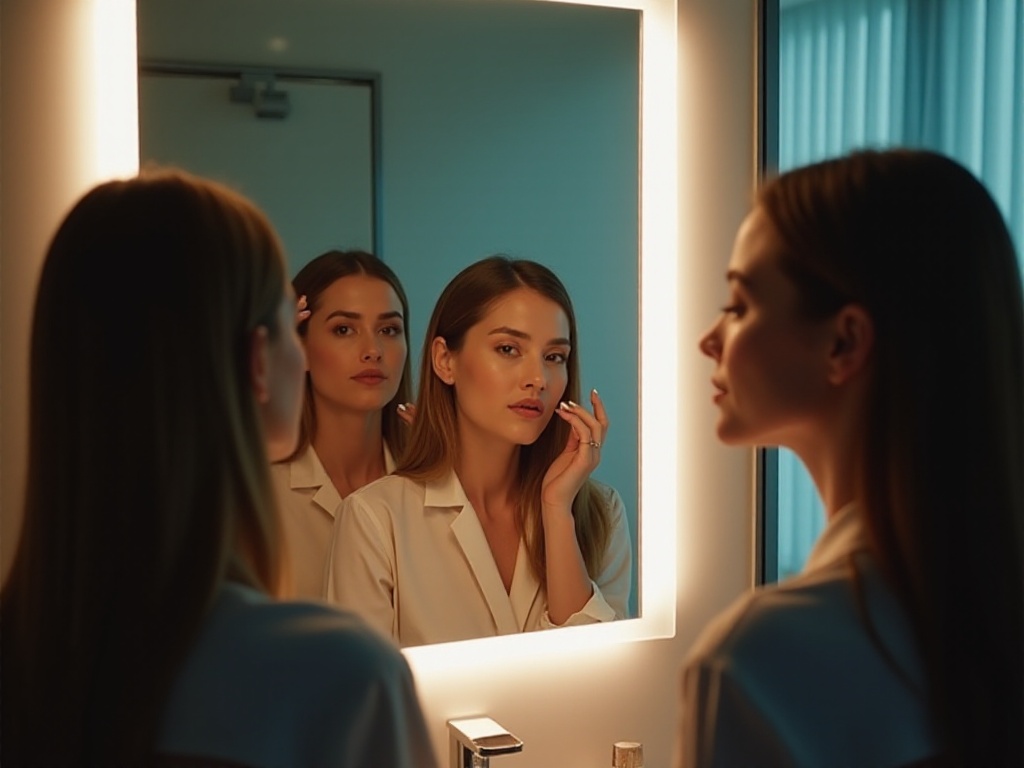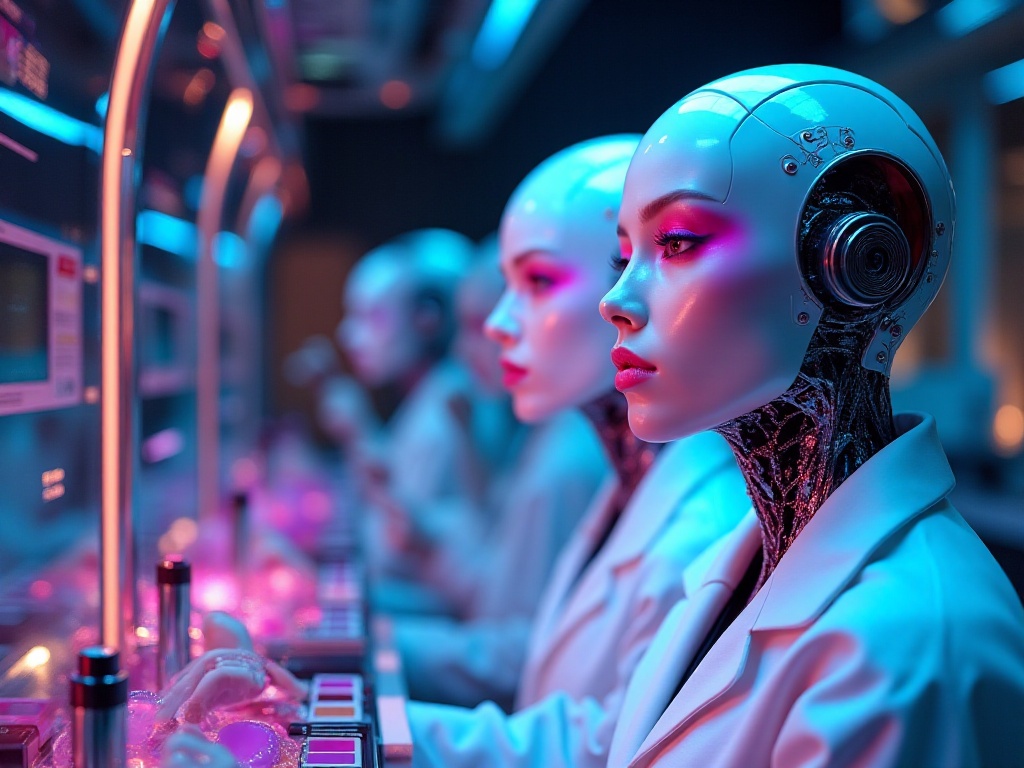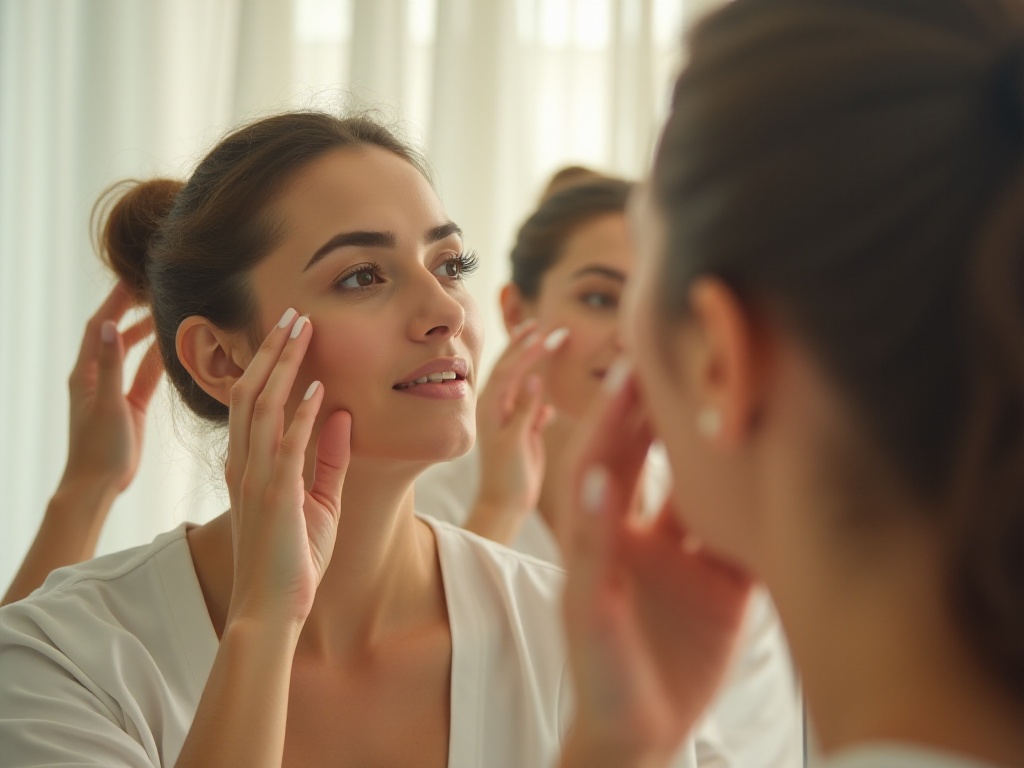Introduction
As a newcomer to the workplace, I've been exploring how to create a polished yet not overdone office makeup look. After two years of constant experimentation and reflection, I've finally developed a suitable makeup routine for the workplace. Today I'd like to share my insights, hoping to help more workplace newcomers like myself quickly master the essentials of professional makeup.
Pre-makeup Preparation
As the saying goes, "A worker must first sharpen their tools." When I first started doing office makeup, I thought I could just apply it casually, but by afternoon it would start wearing off, making me look quite messy. Later I realized that the secret to polished makeup lies in proper skin preparation.
Every morning, I spend 15 minutes on basic skincare. First, I cleanse my face with a gentle facial cleanser - this step is crucial as improper cleansing affects the absorption of subsequent skincare products. After cleansing, I immediately pat on toner while my skin is still slightly damp to quickly replenish moisture. Then comes serum - I usually choose brightening or hydrating serums to help improve skin condition.
Moisturizer choice is also key, requiring different types for different seasons. In summer I choose light gel creams, while in winter I switch to more nourishing creams. Finally, sunscreen is essential - I habitually choose SPF50+ sunscreen to prevent both sunburn and skin aging.
This basic skincare routine may seem tedious, but it really helps makeup stay put longer. I've now made these skincare steps a habit, following them religiously every morning, and my skin condition has indeed improved significantly.
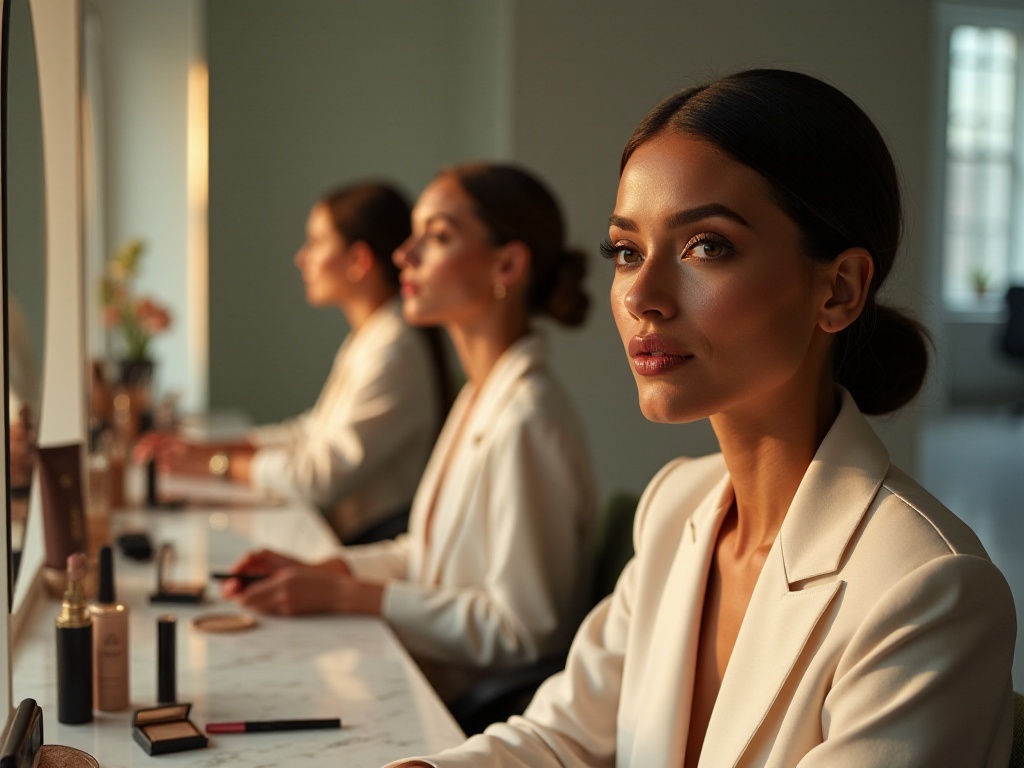
Base Makeup Tips
When it comes to base makeup, I've certainly made my share of mistakes. When I first started working, I would apply super thick foundation to cover acne marks and dark circles, resulting in an artificial look that easily became cakey. After continuous experimentation, I finally found the method to create a natural base.
First is choosing the right primer. Different skin types require different types of primers. I have combination skin, with an oily T-zone and dry cheeks, so I choose multi-effect primers that both control oil and hydrate. When applying, use pressing motions to help the product better integrate with the skin.
Concealing is also a skilled task. I used to like applying concealer over large areas, making the whole makeup look very heavy. Now I've learned precise concealing, only applying concealer on areas with imperfections. For example, with dark circles, I use a concealer brush to pick up a small amount of product, gently dot it where the darkness is most prominent under the eyes, then lightly blend with fingers - this covers dark circles without looking fake.
Foundation choice and application method are also important. I now prefer cushions or lightweight foundations as these products blend better and are less likely to cake. When applying, I first use a beauty sponge to pick up an appropriate amount of product and blend from the center of the face outward. Remember to blend well around facial contours to avoid obvious demarcation lines.
Eye Makeup Focus
Professional eye makeup emphasizes refined naturalness. My daily eye makeup routine is as follows: first apply beige eyeshadow as a base over the entire eyelid to brighten the eye area. Then blend light brown eyeshadow into the eye socket - this step requires gentle technique with colors gradually layered. Finally, draw a natural line with dark brown eyeliner, not too thick or black.
For important occasions, I'll deepen the color slightly at the outer corners, gently blending dark brown eyeshadow along the double eyelid line to make eyes appear more alert. Mascara choice is also important - I recommend waterproof and sweatproof formulas to prevent smudging. When applying mascara, remember to brush from the root to the tip of lashes for a more natural look.
Eyebrows are the focus of the entire makeup look, but many workplace newcomers struggle with them. My suggestion is: first fill in the brow shape with powder, then outline the brow head and arch with a pencil, finally brush brows upward with a spoolie - this makes eyebrows look both natural and defined.

Lip Makeup Choices
The most important aspect of workplace lip makeup is longevity - it shouldn't fade easily. I now love using matte or velvet textured lipsticks, which not only look sophisticated but also have good staying power. For colors, I suggest starting with MLBB shades, such as rose-brown or gentle brick red - these colors enhance complexion without being too dramatic.
Lipstick application technique is also important. I first use lip scrub to remove dead skin, then apply lip balm. Once the lip balm is mostly absorbed, I outline my lips with lip liner before filling in with lipstick. This lip makeup can last a long time and looks particularly refined.

Setting Techniques
Setting is key to makeup longevity. I now use a fine setting powder, applying it with a powder puff using gentle pressing motions, especially focusing on the oil-prone T-zone. In summer, I also carry tissues and a small powder compact for midday touch-ups.
When touching up, remember to first blot oil with tissue before lightly setting with powder. Don't apply powder directly on oily skin as this will make makeup look very heavy.
Practical Case
I remember once before a department-wide meeting, I arrived at the office half an hour early to do my makeup. I first did basic skincare, then created a light base with cushion foundation. For eyes, I chose neutral brown shadows and drew natural eyeliner. For lips, I chose a rose-brown velvet lipstick.
The entire meeting lasted three hours, and I didn't touch up at all, yet my makeup remained intact. Afterward, several colleagues asked what products I used, saying I looked particularly energetic yet natural. Since then, I've been even more convinced of this makeup routine's practicality.
Product Recommendations
Regarding specific product choices, I think it depends on your budget. If budget allows, you can choose high-end products - for example, foundations from reputable brands typically have better texture and longevity.
If budget is limited, many domestic brands now offer great value for money. I often use affordable brand eyeshadows and lipsticks that work just as well as luxury brands. The key is to read reviews and choose products that suit you.
Important Notes
The most important aspect of workplace makeup is appropriateness. Regardless of the occasion, remember the word "refined." Don't follow trends with dramatic makeup like glitter eyeshadow or exaggerated eyeliner - these aren't suitable for the workplace.
Also consider the occasion. For client meetings or important conferences, makeup can be slightly more polished. For regular workdays, light and natural is sufficient.
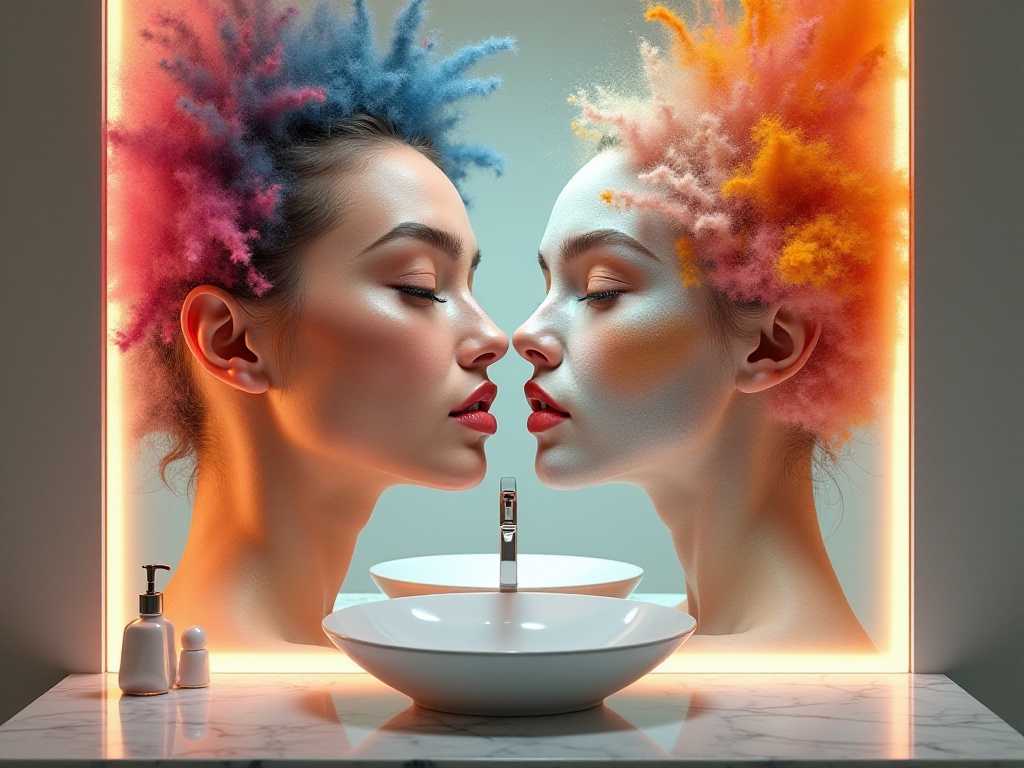
Reflections and Insights
Through these two years of exploration, I deeply understand that appropriate workplace makeup can really add points to your presentation. It not only makes you look more energetic but more importantly brings confidence. When you feel good about your appearance, work efficiency also improves.
Makeup isn't about becoming someone else, but about presenting your best self. I hope every workplace newcomer can find their most suitable makeup look and shine in their career.
Interactive Exchange
Everyone has different skin types and qualities, so suitable makeup looks will differ. Please share your workplace makeup insights below and discuss any confusion you've encountered in your makeup process. Let's exchange ideas and improve together, creating our own refined workplace makeup looks.
Remember, there are no fixed makeup standards - finding what works best for you is key. Stay confident, present your most authentic self, and believe that you can shine in the workplace!



